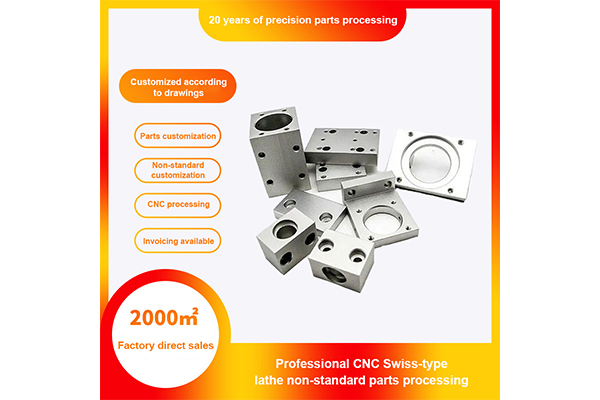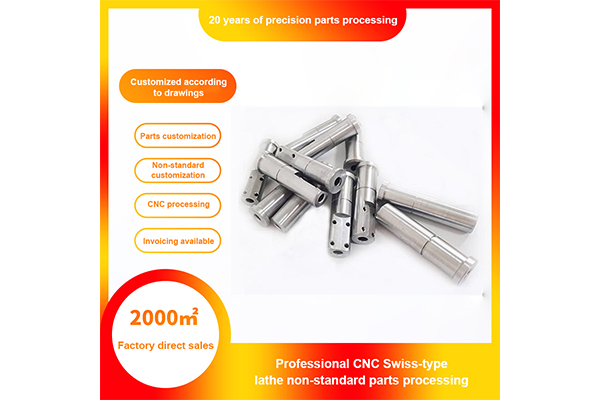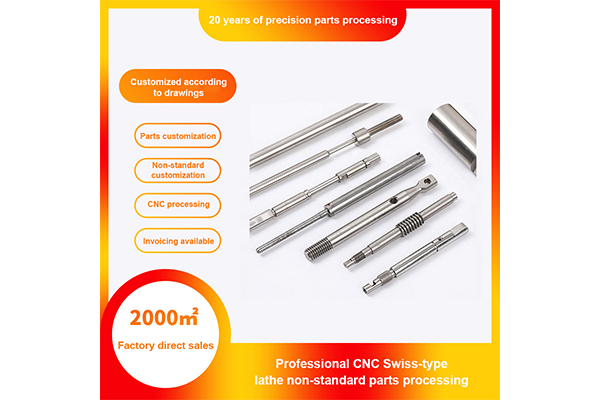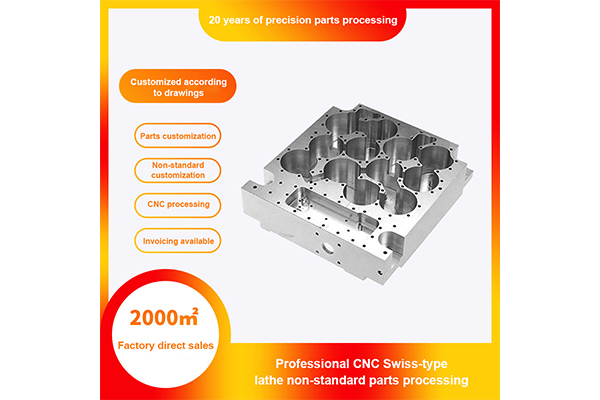How to process parts with complex shapes and structures in precision parts processing?
Release Time : 2025-01-09
In precision parts processing, processing parts with complex shapes and structures is a challenging task.
First, it is crucial to choose the right processing technology and equipment. For parts with complex shapes and structures, five-axis linkage processing technology is an ideal choice. This technology can process parts with complex surfaces and special-shaped structures through the simultaneous movement of five axes, without multiple clamping and changing stations, greatly improving processing efficiency and precision.
Secondly, the use of advanced CNC machine tools is the key. High-precision CNC machine tools have excellent stability and control performance, and can perform precise processing according to predetermined trajectories and parameters to ensure the dimensional accuracy and shape accuracy of parts. At the same time, CNC machine tools also have multi-axis linkage functions, which can flexibly respond to the processing needs of parts with various complex shapes and structures.
Third, optimizing tool paths and cutting parameters is also an important means to process parts with complex shapes and structures. Through reasonable tool path planning and cutting parameter settings, cutting force and cutting heat can be reduced, tool wear and part deformation risks can be reduced, thereby improving processing efficiency and part quality.
Fourth, for some parts with special shapes, special processing techniques may be required, such as electrospark machining (EDM), laser machining or chemical machining. These processing technologies are characterized by high precision and high flexibility, and can process complex shapes and structures that are difficult to achieve with traditional processing methods.
Fifth, during the precision parts processing process, it is also necessary to pay close attention to the processing status of the parts. Through high-precision measuring equipment and measurement methods, the size, shape, position, etc. of the parts during the processing process are monitored and fed back in real time, and processing errors are discovered and corrected in time to ensure the processing quality of the parts.
Sixth, for parts with complex inner cavity structures, a combined processing method may be required. For example, the blank is first manufactured by casting or forging, and then fine-processed by CNC milling, grinding, etc. to meet the dimensional accuracy and surface quality requirements of the parts.
Finally, for some parts with high precision requirements, ultra-precision processing technologies such as ultra-precision turning and ultra-precision grinding can also be used. These technologies can achieve extremely high processing accuracy and surface quality, meeting the needs of high-precision parts in aerospace, electronics, medical and other fields.







